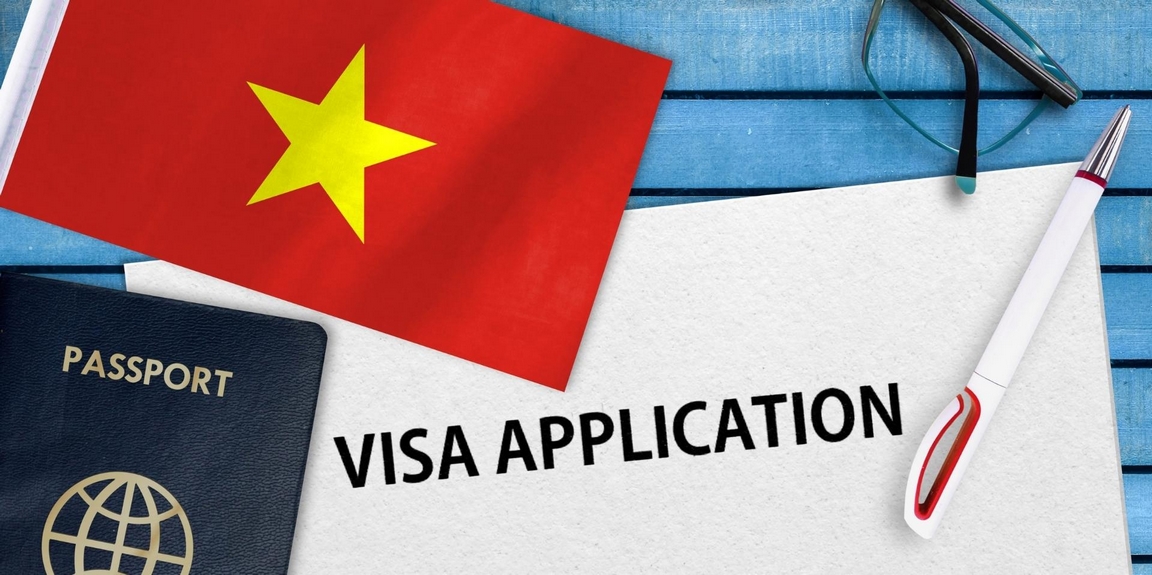In a bid to modernize entry procedures and bolster tourism industry, Vietnam has introduced a new electronic visa (e-visa) system from the 15th August, 2023. This innovative initiative aims to simplify the visa application process for foreign travellers while promoting the country as an attractive destination.
The new e-visa system allows travellers to apply for their visa online, eliminating the need for physical visits to embassies or consulates. The one and only official government link for e-visa application is here: https://dichvucong.bocongan.gov.vn/bocongan/bothutuc/tthc?matt=26277
Key Highlights of the E-Visa System:
- Universal Accessibility: Citizens of all countries and territories are now eligible to apply for e-visas, fostering greater inclusivity and convenience for travelers.
- Validity and Entries: The e-visa, once issued, allows for multiple entries within a span of 90 days, providing flexibility for visitors to explore Vietnam’s diverse regions and experiences.
- Designated Points of Entry: E-visa holders can enter and exit Vietnam through various airports, land border gates, and sea border gates. These include major airports like Noi Bai, Tan Son Nhat, and Da Nang, as well as numerous land and sea border points. (The list of borders is listed at the end of the article)
- Application Fee: The fee for a 90-day multiple-entry e-visa is set at 50 USD. It’s important to note that this fee is non-refundable, even if an application is rejected.
In tandem with the e-visa system launch, Vietnam has expanded visa exemption policy for citizens of 13 nations, granting the privilege of an extended stay duration of 45 days:
- Germany
- France
- Italy
- Spain
- The United Kingdom
- Northern Ireland
- Russia
- Japan
- South Korea
- Denmark
- Sweden
- Norway
- Finland
- Belarus
List of borders that allow foreigners to enter and exit Vietnam by e-visa including:
- 13 airports: Noi Bai, Tan Son Nhat, Cam Ranh, Da Nang, Cat Bi, Can Tho, Phu Quoc, Phu Bai, Van Don, Tho Xuan, Dong Hoi, Phu Cat and Lien Khuong.
- 16 land border gates: Tay Trang (Dien Bien Province), Mong Cai (Quang Ninh), Huu Nghi (Lang Son), Lao Cai, Na Meo (Thanh Hoa), Nam Can (Nghe An), Cau Treo (Ha Tinh), Cha Lo (Quang Binh), La Lay and Lao Bao (Quang Tri), Bo Y (Kon Tum), Moc Bai and Xa Mat (Tay Ninh), Tinh Bien and Vinh Xuong (An Giang) and Ha Tien (Kien Giang).
- 13 sea border gates: Hon Gai and Cam Pha (Quang Ninh), Hai Phong, Nghi Son (Thanh Hoa), Vung Ang (Ha Tinh), Chan May (Thua Thien Hue), Da Nang, Nha Trang (Khanh Hoa), Quy Nhon (Binh Dinh), Dung Quat (Quang Ngai), Vung Tau (Ba Ria Vung Tau), HCMC and Duong Dong (Kien Giang).


0 Comment